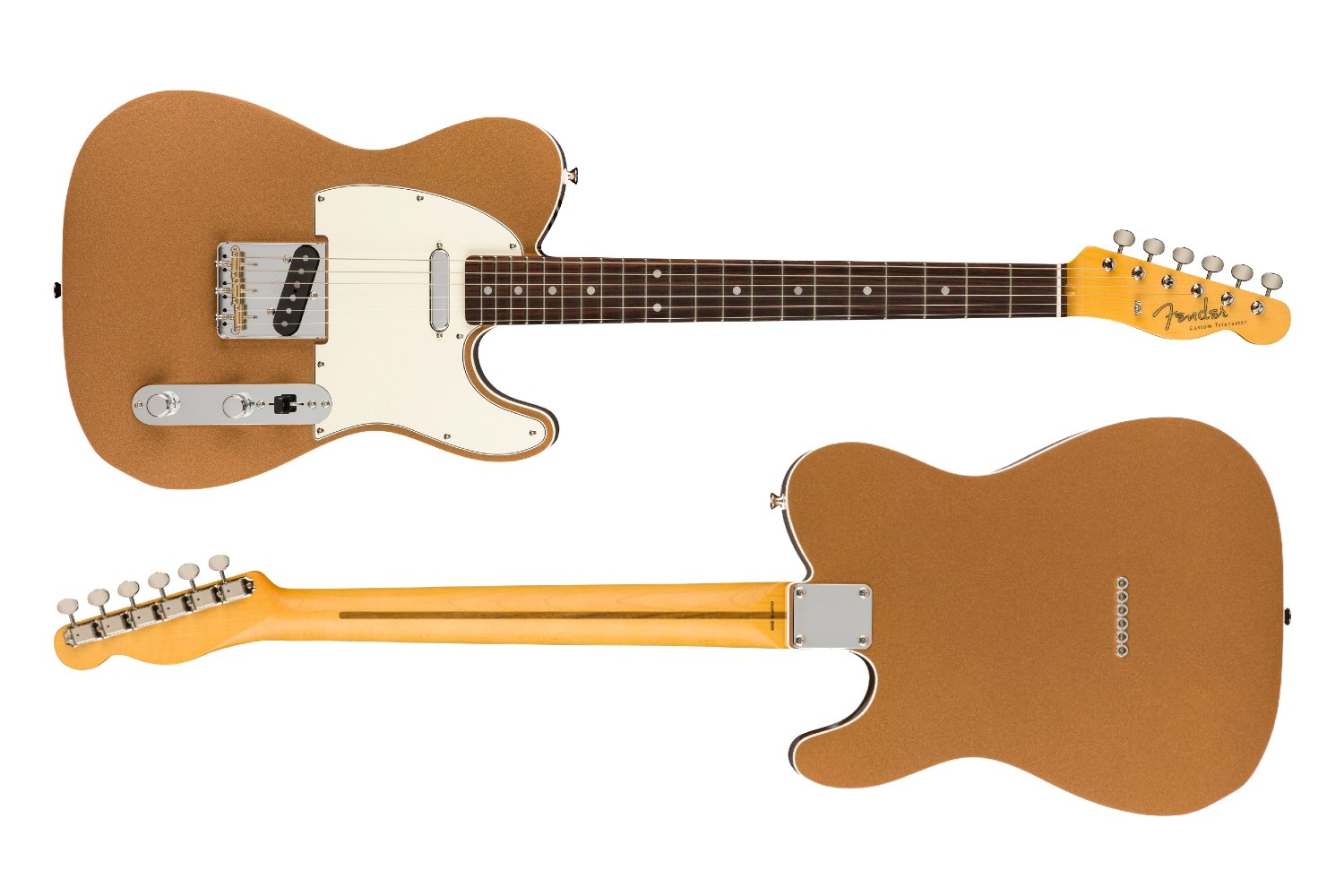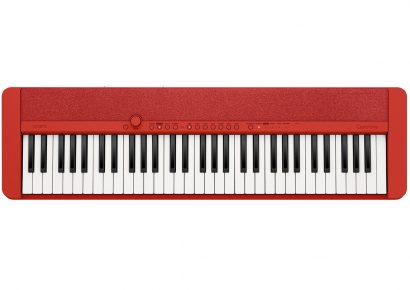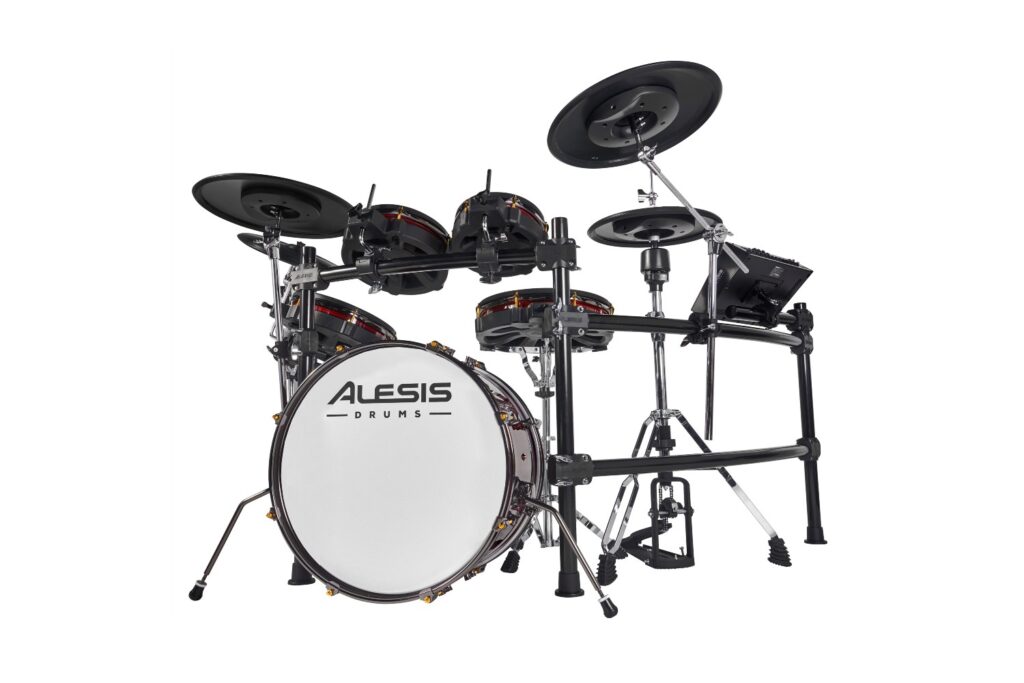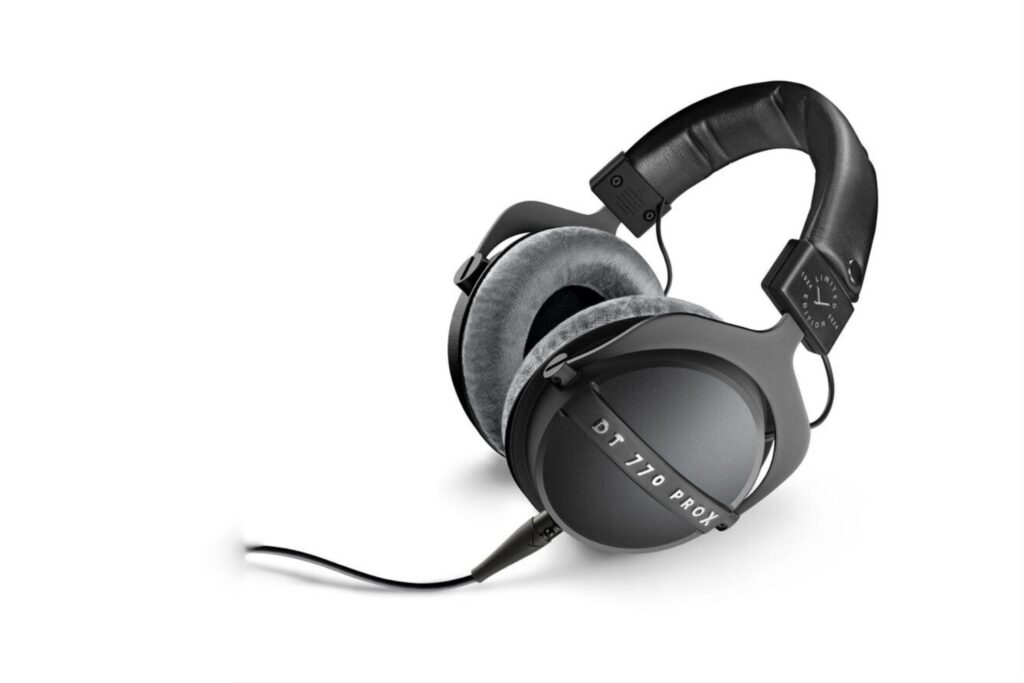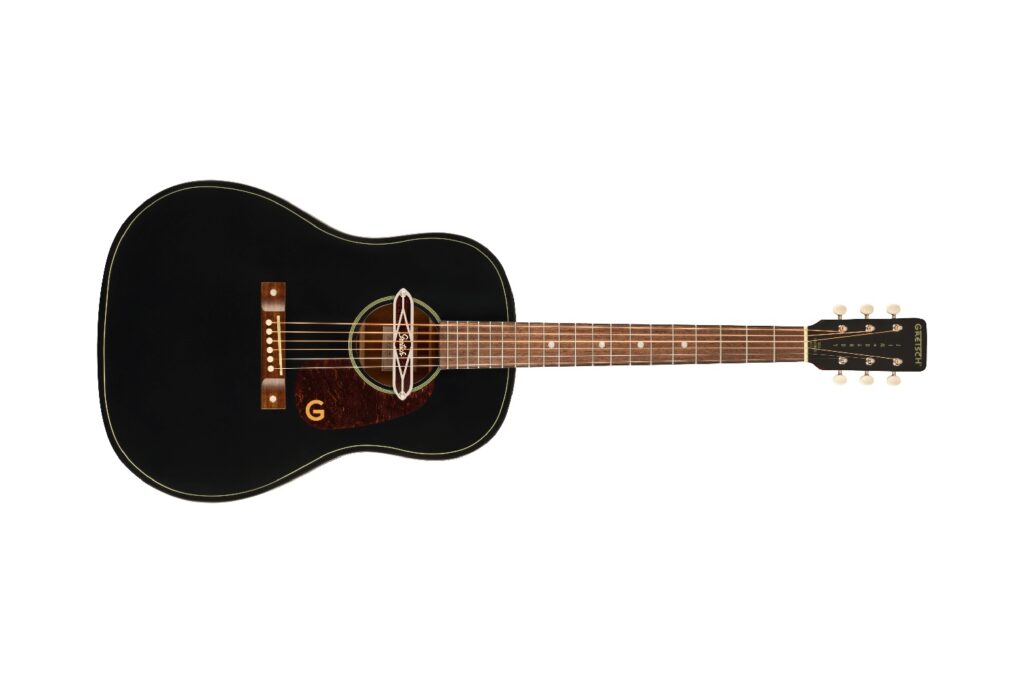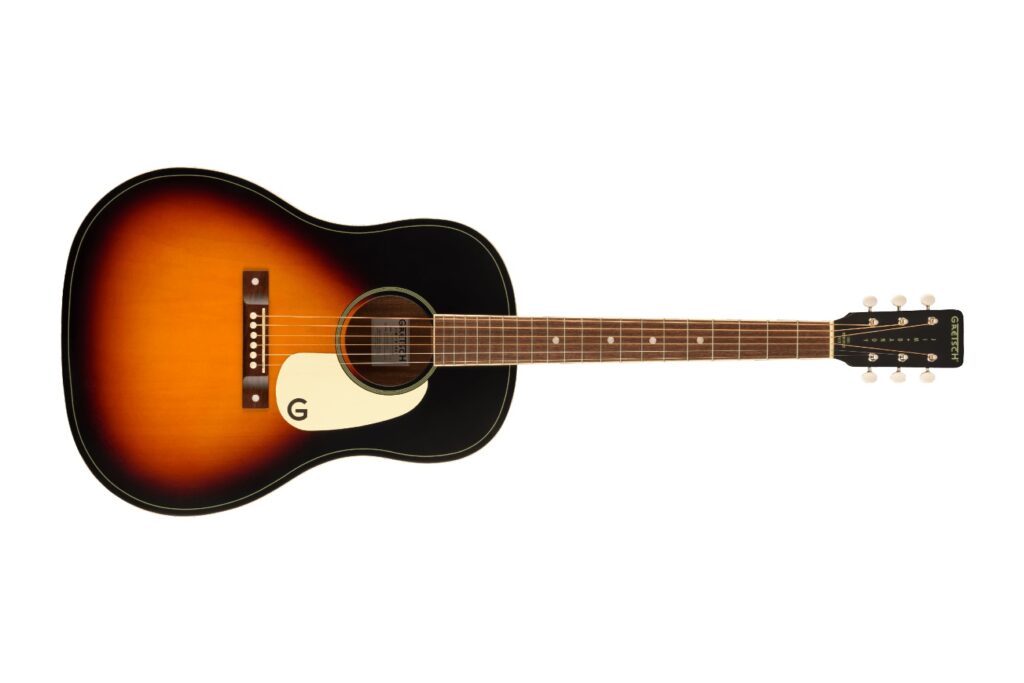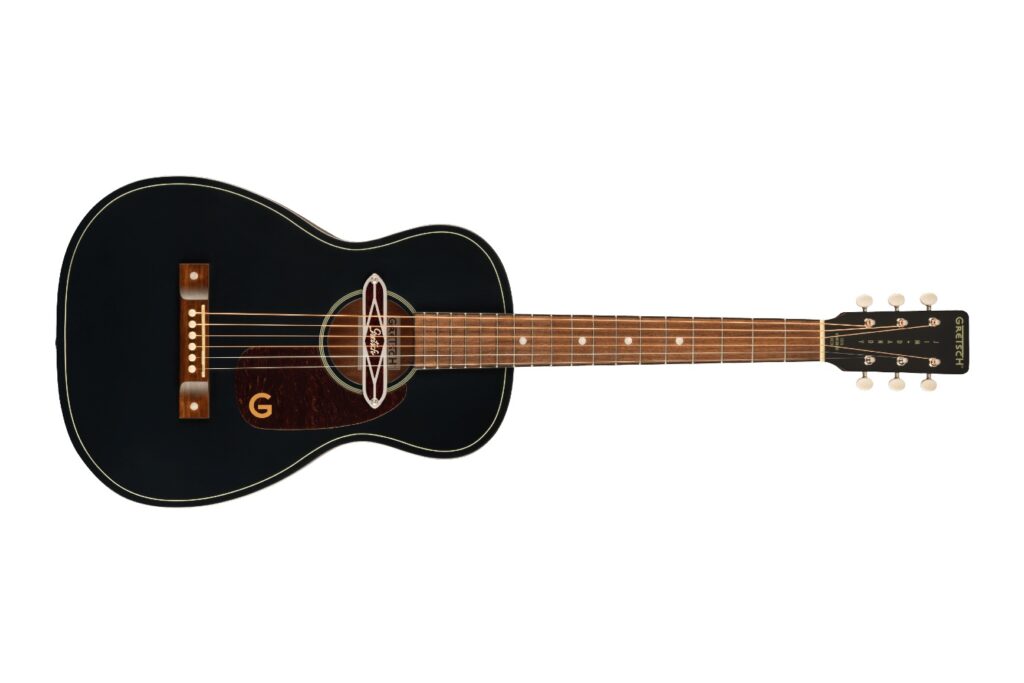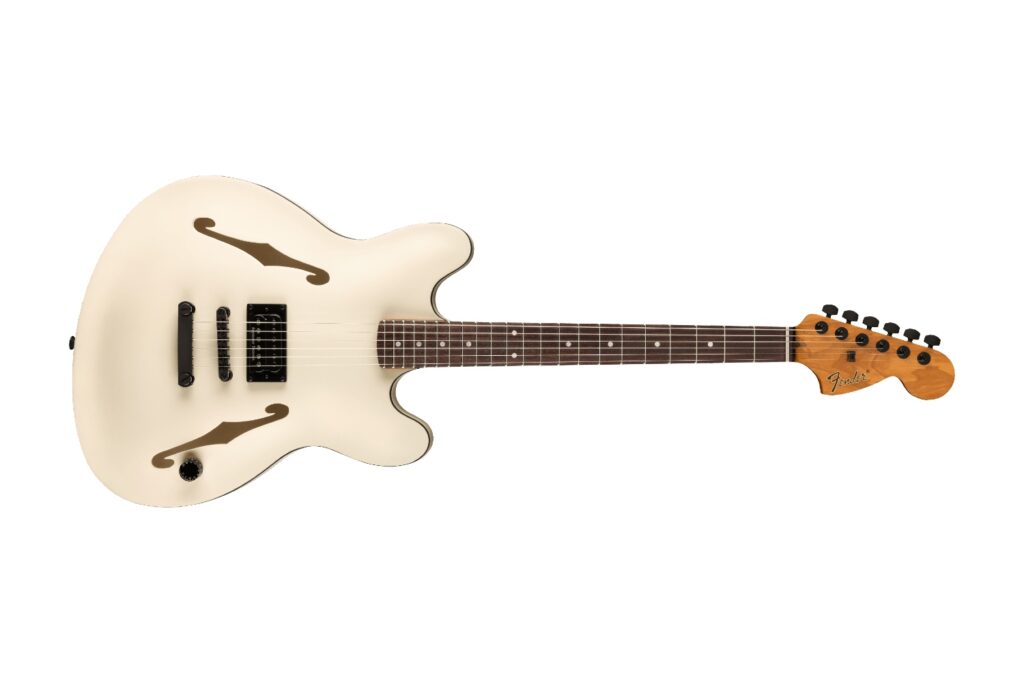Fender Australia | RRP: $2,599
The Fender Telecaster is one of the great secret weapons. Some of us might be tempted to look at one and immediately think ‘well that’s a guitar for country players,’ but while the Tele is the archetypal country instrument, it’s also spent 70+ years fuelling innumerable genres. You don’t get ‘Killing In The Name’ without a Tele. You don’t get early Zeppelin without a Tele. And when you plug one in for the very first time, it becomes clear why: Telecasters are ideally voiced to sit within a musical situation.
It’s like the sound emerges from the guitar already pre-treated to sound good in your mix, whether you’re playing big ringing chords or bold melodies. And you only need to look to players like Roy Buchanan and Danny Gatton to see that the Tele can be a shred machine too in the right hands.
Read more product reviews here.
The Fender JV Modified ’60s Telecaster is a Tele designed to pay tribute to the early Fender Japan reissues, from a time when a consortium of Fender staff teamed up to buy the company off CBS in the early ’80s. While the new ownership was getting set up to launch their own revamped line, the FujiGen factory in Japan cranked out a series of reissues of iconic Fender instruments. Those guitars were revered for their build quality as much as for their sound, especially coming after what was generally acknowledged as a dark period for the brand.
The JV Modified Series strikes the perfect balance between the classic aesthetics of ’50s and ’60s Telecasters and Stratocasters with more current playability updates. The JV Modified ‘60s Telecaster has a Basswood body, bound front and back and finished in Firemist Gold. It’s a really hypnotic finish, more metallic than sparkle but somehow both, especially once bright lights hit it. It’s a stunner.
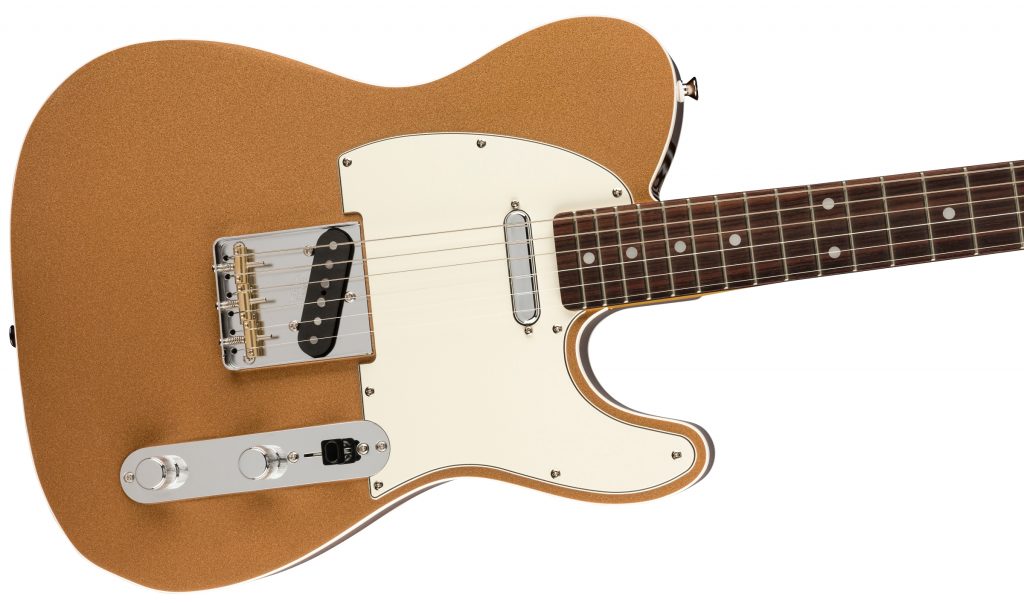
The neck is made of Maple with the Rosewood fingerboard one would expect of a ’60s Custom-style Tele. The fingerboard is a 9.5” radius, flatter than the vintage-correct 7.25” but not so round as to cause a lot of playability issues when bending strings, as would be more common on a 7.25” ‘board. There are 21 frets because even with a few modern touches, this is still a ’60s-style Tele and 22 frets would be just a step too far I guess. The neck shape is a Thick Soft V, and the tuning keys are especially fun because while they look very much like vintage tuners from a distance, upon closer inspection you’ll see that they’re locking tuners with the locking mechanism cleverly disguised as the notch in the top of real vintage tuners. Very stealthy.
At the heart of this Tele’s electronics are a pair of Fender vintage-voiced single coil pickups, controlled but what initially appears to be the typical three-way pickup selector switch plus volume and tone pots. But there’s a lot more than meets the eye: the selector is actually a four-way switch which gives you bridge, bridge/neck parallel, neck, and bridge/neck in series modes, but that’s not all: there’s also a push-pull switch on the tone control which activates an out-of-phase mode. That’s a huge amount of tonal range at your fingertips, especially with that series mode functioning almost like a humbucker for more heavy-duty musical requirements. The bridge is a three-saddle vintage-style Tele design with intonation-offset barrel brass saddles, two strings per saddle.
Sonically this is unmistakably a Telecaster. There’s a pleasant ‘snap’ to your pick attack and an almost bell-like sustain, characterful enough to stand on its own completely clean but also refined enough to work with instead of against your pedals. The neck pickup has that smooth, sweet character, although if you’ve traditionally found Tele neck pickups to be a little too woolly for your tastes you’ll find the same here. The parallel and series settings each have their own very distinct charms, and the out-of-phase switch really opens this guitar up to some intriguingly distant, honky, haunting sounds that play especially well with analog-style delays. These are true single coils though, so expect a bit of noise and hum.
The Thick Soft V neck carve orients your hand naturally no matter where you’re playing: if you’re grinding out low gritty melodies on the bass strings, this neck will guide your thumb into the ideal position to fret those notes with your fingertips, while if you’re playing barre chords you’ll find that this neck shape angles your hand into a way that provides good counter pressure against the tensions that sometimes make such chords feel painful for smaller hands.
If you’re looking for a Tele with vintage style and a few modern features, this is the one for you. It’s not so modern as to feel like you’re playing a modern shred stick with a tiny thin neck and pickups that you have to charge with a USB cord; it’s just a great version of what the Telecaster represents, closer to its ’60s identity than its 2022 one. And perhaps that’s why it feels timeless.

Head to Fender for more information.
